tradition
March 15 – National flag hoisted by Hungarian Parliament – PHOTOS

The mesmerising uniform of the Hungarian hussars – PHOTOS

Differences between living in Hungary and living in the USA – VIDEO

In Hungary, you can acquire a pálinka distiller university degree

Illustrated maps shows Hungary’s top-selling souvenir

2021 busójárás is cancelled – but what is behind this tradition?
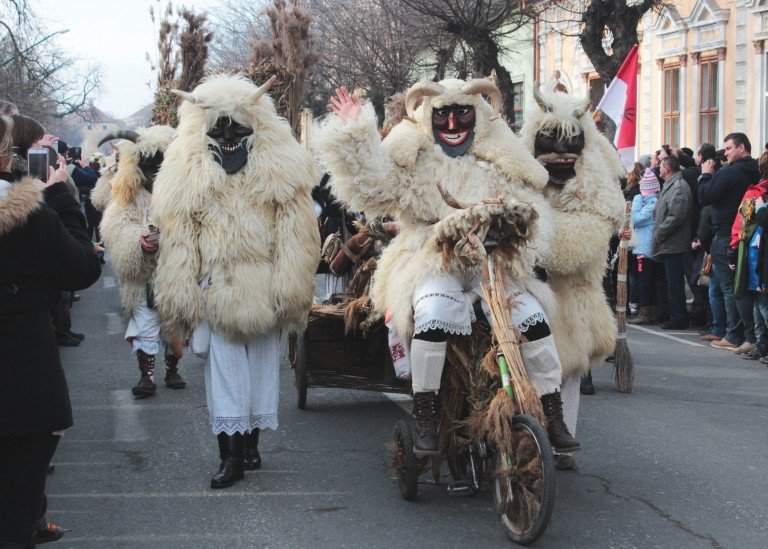
Zsolnay tiles brighten up Budapest’s rooftops – Video

Traditional Hungarian folk methods to cure your ailments
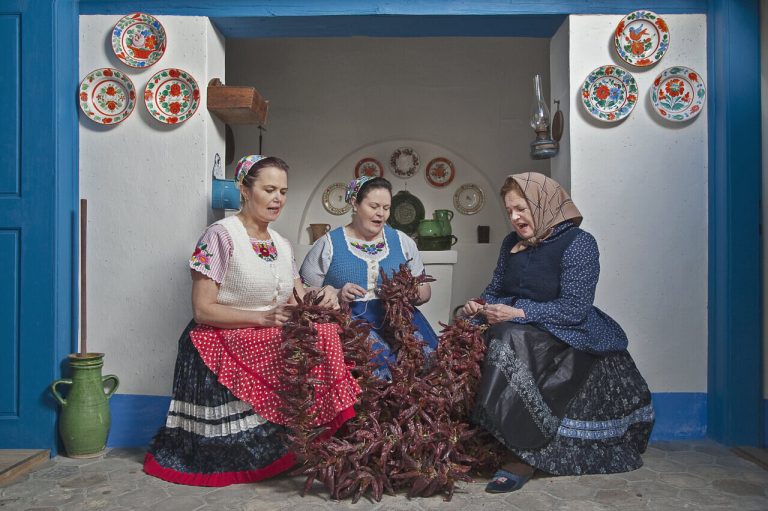
Reasons why Hungarians are easy to love – Video

The craziest things you only see in Hungary! – Video

The rarest Hungarian dog breed you never heard of is almost extinct – PHOTO GALLERY

The story and perfect recipe of the carnival doughnuts

Variations on the Hungarian National Anthem – Videos
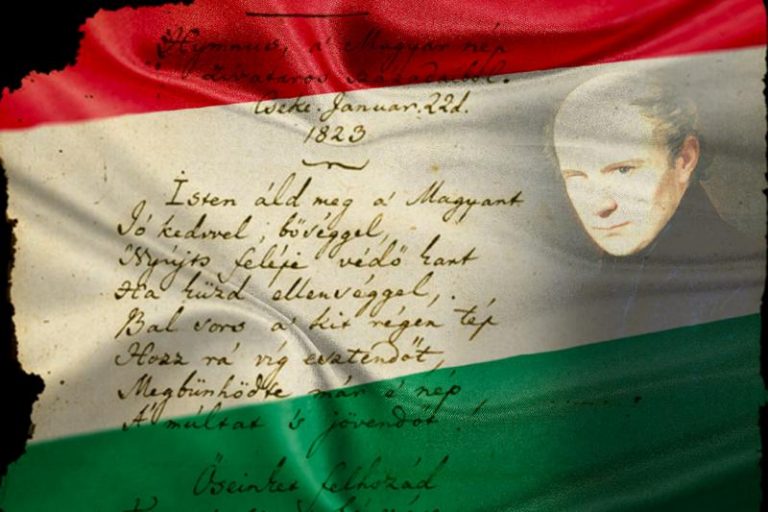
‘Pandemic’ to become a new female name in Hungary?

Barbara Palvin’s boyfriend loves Hungarian food and attended a traditional pig slaughter

Dobos, Esterházy, Rákóczi – This is how the most famous Hungarian cakes were created
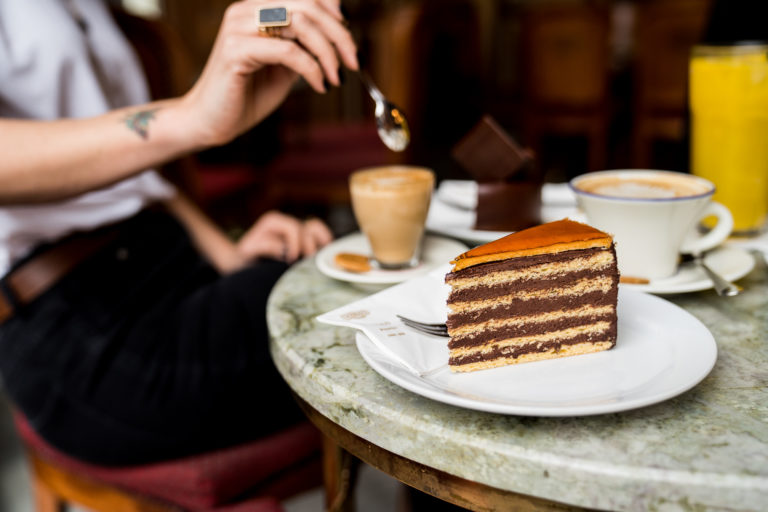
What is Epiphany and what do Hungarians do today?
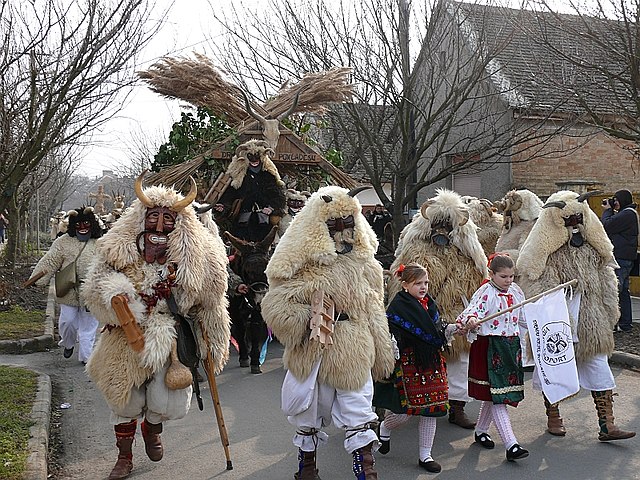
5 Hungarian recipes to celebrate the Carnival season and scare away Winter




